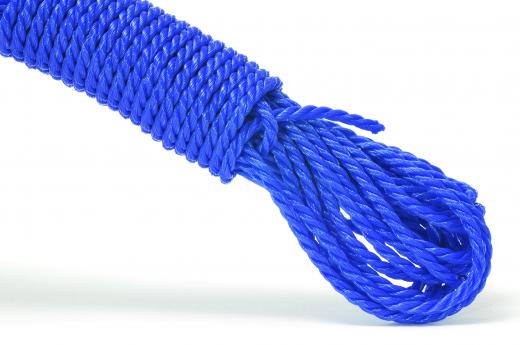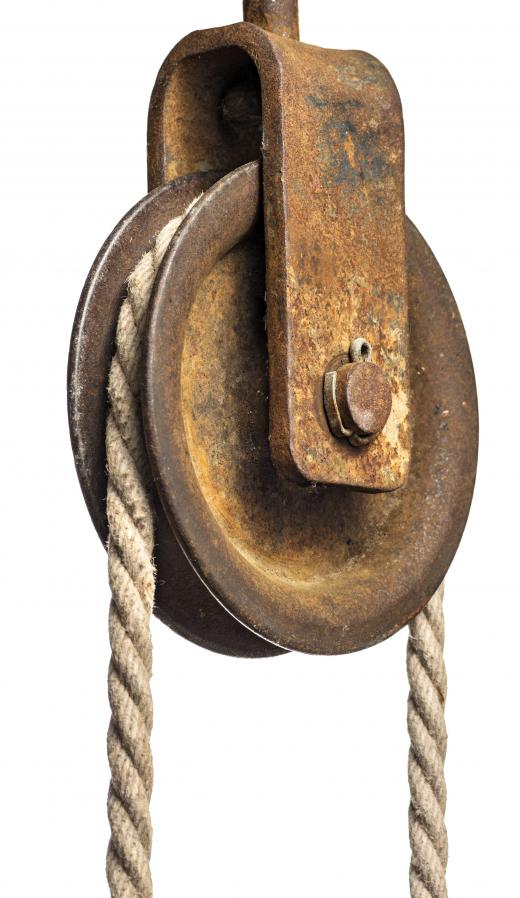The rope, like the wheel, is a very important tool in human history. Much like the wheel, it is a simple invention that completely changed the capabilities of man. It allowed the earliest inventors to pull heavy objects, connect objects, and bind objects together. Furthermore, the combination of the rope and the wheel gave rise to pulleys, devices that are still used heavily today.
Rope is made by binding fibers into one continuous line by either twisting or braiding them. It is the largest in the family of string, twine, yarn, and cord. There are many different fibers that can be used to create a rope, including hemp, cotton, linen, sisal, and jute. There are also many synthetic fibers such as polyester and nylon that can be used. For industrial use, it can also be made out of metal fibers. This may sound unusual. Consider, however, the bridges that you have walked, biked, or driven across in your life. There is a strong likelihood that you have seen metal rope in the architecture of one or more of these bridges.

Historically, ropes have been made out of whatever fibers were available. Therefore, ancient versions were often made of silk fibers, animal fur, even human hair. It is likely that the first that were ever used were simply plant vines. These vines were eventually collected and twisted together which yielded the idea of twisting or braiding many small fibers together to create a strong length of rope. There is evidence that they were made as far back as 17,000 BC. It is known that Ancient Egyptians used them as early as 3500 BC. We also know that hemp versions were created in China starting around 2800 BC. Since then, rope has spread throughout the world and has been used in many different countries.

Twisted rope, also known as “laid rope,” is the most common form used in modern Western societies. It usually is made up of three strands. That made of four strands is referred to as “shroud laid” rope while any that is made of three or more ropes is known as “cable laid.”
Twisted ropes are made from fibers which are first gathered and formed into yarn. These yarns are twisted and bound together to create strands. Finally, these strands are twisted together to create the finished project. It is important to note that the direction in which the yarn is twisted is generally opposite of the direction in which the strands are twisted. This internal friction within the rope reinforces its strength.
